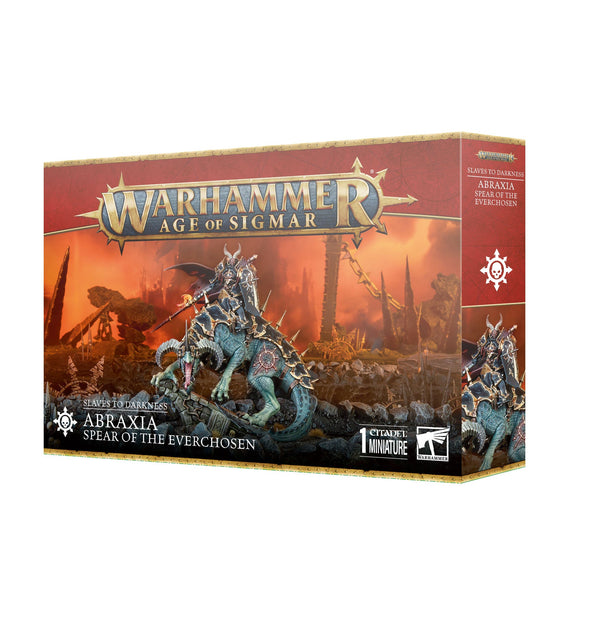Recommended Paint
Product title
Vendor
£19.99 | £24.99
Product title
Vendor
£19.99 | £24.99
Product title
Vendor
£19.99 | £24.99
Product title
Vendor
£19.99 | £24.99
Product title
Vendor
£19.99 | £24.99
Product title
Vendor
£19.99 | £24.99
Product title
Vendor
£19.99 | £24.99
Product title
Vendor
£19.99 | £24.99
Product title
Vendor
£19.99 | £24.99
Product title
Vendor
£19.99 | £24.99
Product title
Vendor
£19.99 | £24.99
Product title
Vendor
£19.99 | £24.99
Product title
Vendor
£19.99 | £24.99
Product title
Vendor
£19.99 | £24.99
Product title
Vendor
£19.99 | £24.99
Product title
Vendor
£19.99 | £24.99
Abraxia was once a whelp in the Varanspire’s fighting pits, but she rose to command the infamous Swords of Chaos. She is a warrior of matchless willpower, convinced that there is no challenge she cannot best through bloody-minded grit. After consuming the sacred fire at the heart of Phoenicium, cinders flicker when she speaks, and her eyes smolder with a captive flame.
This multipart plastic kit builds the towering Abraxia, a mighty hero to lead your Slaves to Darkness. Seated atop the Thanatorg, a formidable opponent on its own, she's ready to get stuck in where the fighting is thickest, inspiring her fellow warriors by example. She wields Gorbolga, a fickle but powerful spear, and a towering shield. You'll find options for both a helmeted and bare head in the box, revealing that those horns aren't just a decoration on the helmet.
Product title
Vendor
£19.99 | £24.99
Product title
Vendor
£19.99 | £24.99
Product title
Vendor
£19.99 | £24.99
Product title
Vendor




